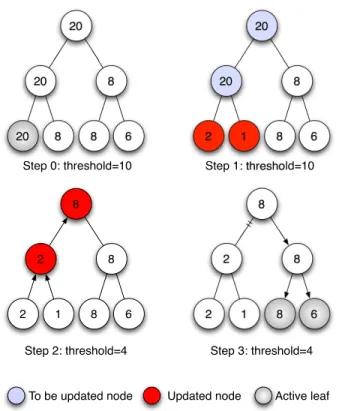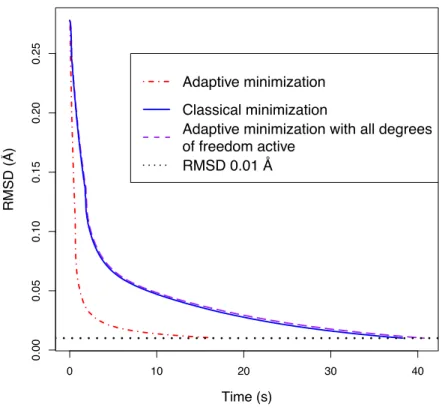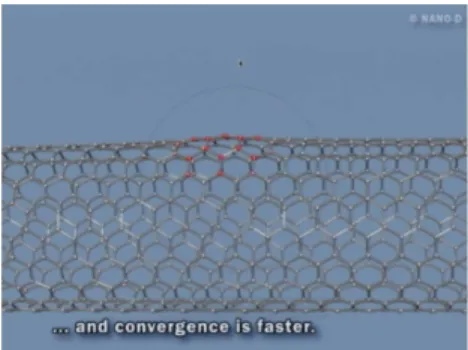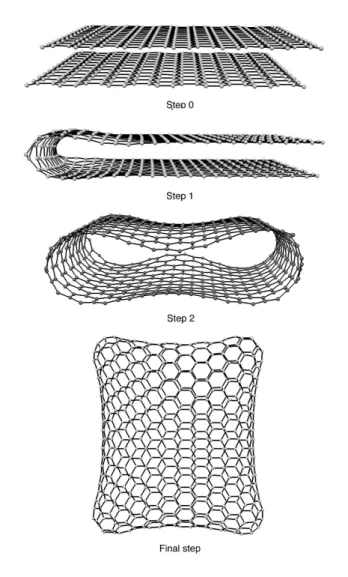Interactive physically-based structural modeling of hydrocarbon systems
Texte intégral
Figure
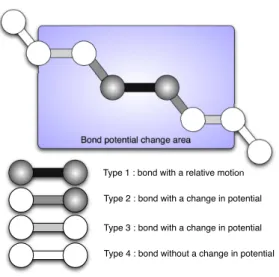
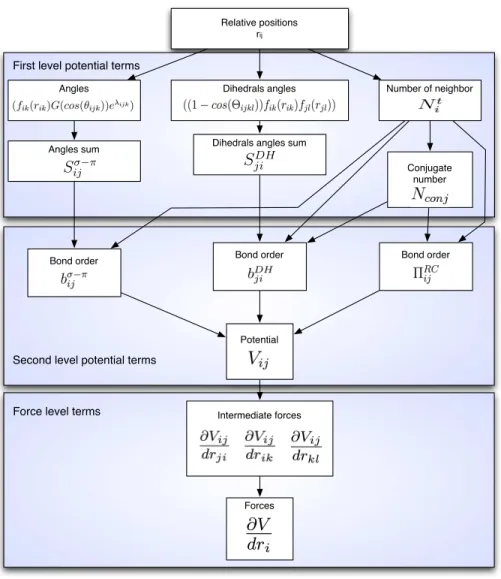
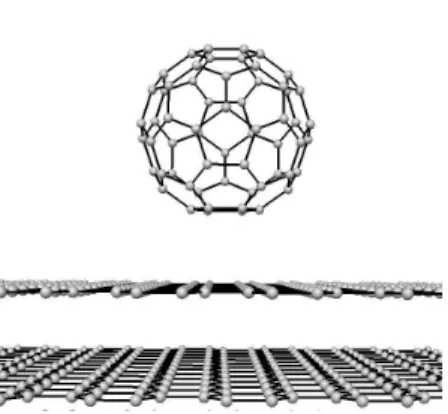
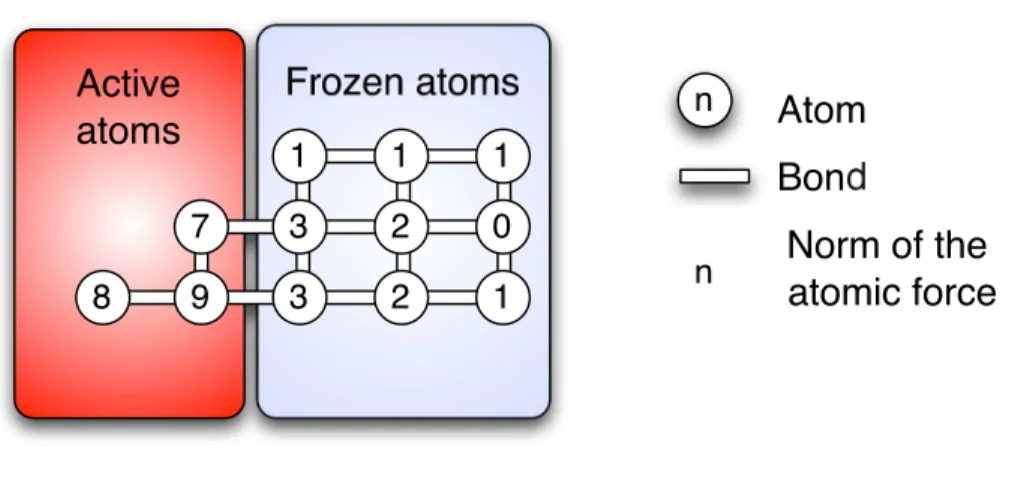
Documents relatifs
L’archive ouverte pluridisciplinaire HAL, est destinée au dépôt et à la diffusion de documents scientifiques de niveau recherche, publiés ou non, émanant des
Concerning the modeling of the fracture phenomena, we proposed new models and methods that allow simulating impact-based and age-based brittle fracture more efficiently and with
Examples of such XAI systems are rule extraction algorithms, that create sets of rules for the users that describe the reasoning of black box systems [6], or glass-box systems, in
First introduced by Faddeev and Kashaev [7, 9], the quantum dilogarithm G b (x) and its variants S b (x) and g b (x) play a crucial role in the study of positive representations
A second scheme is associated with a decentered shock-capturing–type space discretization: the II scheme for the viscous linearized Euler–Poisson (LVEP) system (see section 3.3)..
5 the completion times of Std Col Based, Std Cart Based and Str Cannon algorithms distributed on two clusters from the Grid’5000 platform for different numbers of processors and
In addition to the total time, we report the average times needed per frame for the computation of the free-motion configuration, the collision detection, as well as the times
The use of this methodology provides a clear advan- tage, since a model to represent terms and documents in a lightweight semantic vector space, called Word Space [1], can be built in
